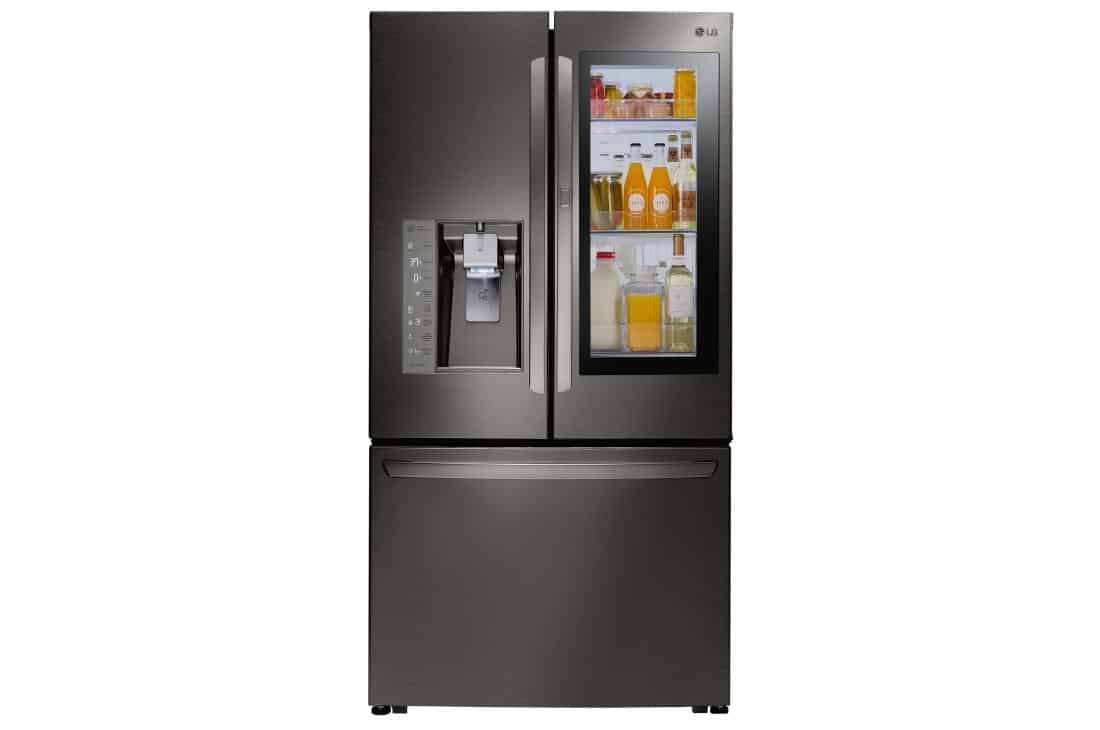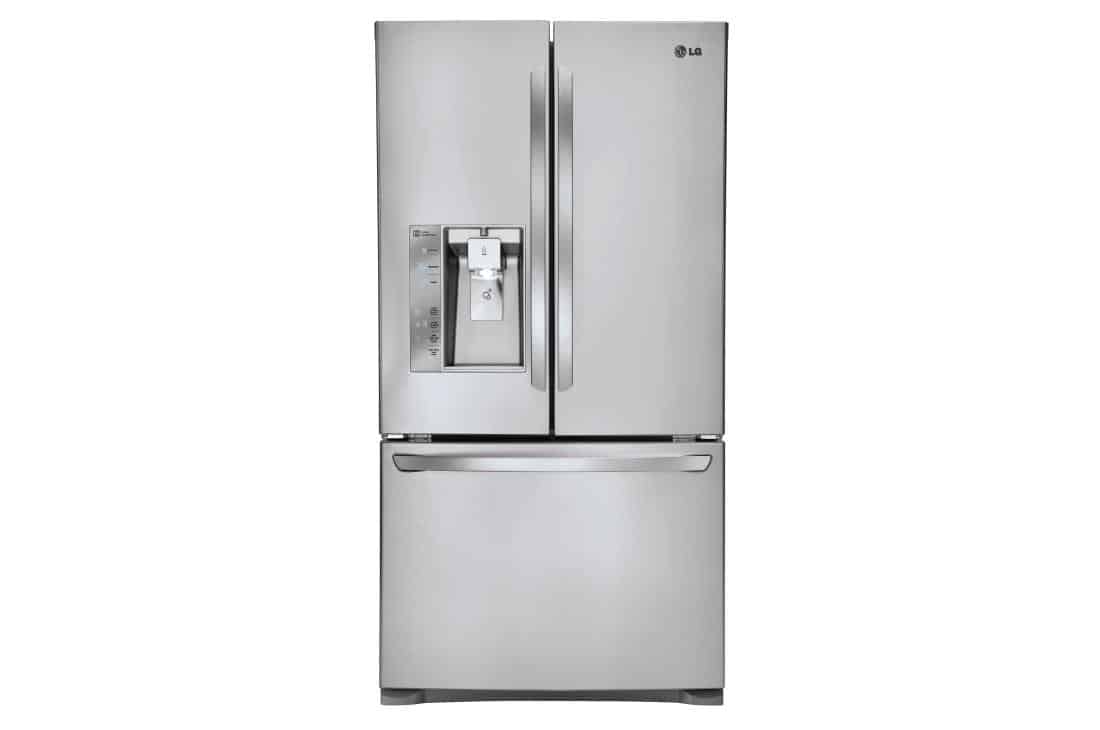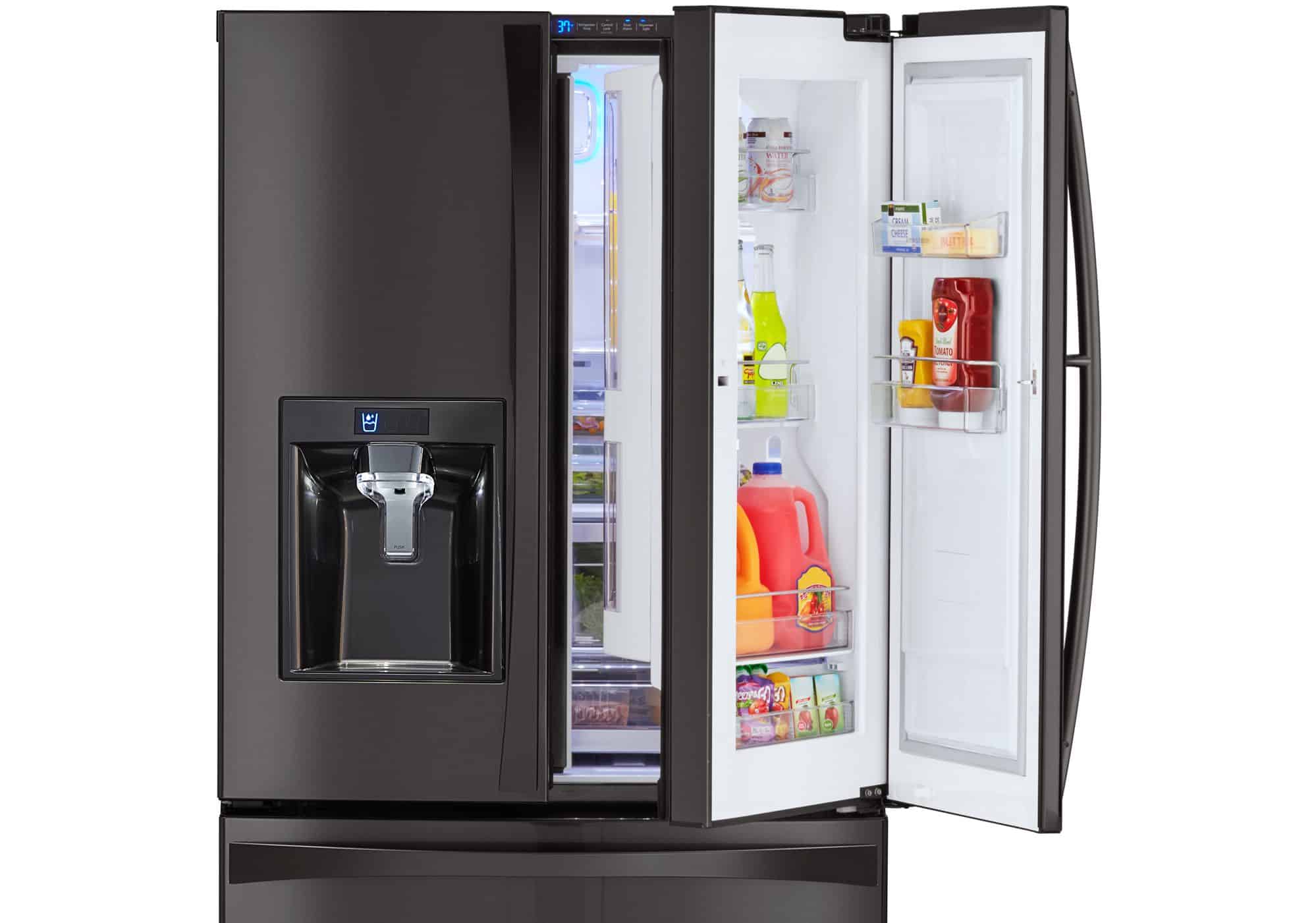We all want the best refrigerators, but what about size?
What is a standard fridge size? This is a difficult question to answer without first understanding your specific needs and wants, since refrigerators can come in a wide variety of sizes and configurations. Depth varies significantly based on refrigerator type, while width and height tend to stay within an average range. The following article is intended to help guide you through the process of sizing a refrigerator for your home, and educating you with the best information about appliance configurations and installation best practices. Learn about the best refrigerator brands too.
Standard Fridge Dimensions
Top-mount, bottom-mount, side-by-side, and French door refrigerators are all manufactured differently, and dimensions vary, but measurements typically fit within standard ranges that buyers can use to plan their installation. Here are some typical numbers for comparison:
| Type | Height | Width | Depth |
|---|---|---|---|
| Top-Mount/Bottom-Mount | 65-69” | 23-36” | 24-33” |
| Side-by-Side/French Door | 67-70” | 30-36” | 29-35” |
Counter-depth, built-in, and custom unit dimensions are application specific and will have wider variations in measurement as you move further away from “standard” refrigerators (like top-mounts and side-by-sides) and more toward custom application machines.
Counter-depth refrigerators are designed to match a standard kitchen cabinet depth of 24 inches, although it should be noted that most counter-depth machines measure 24 inches excluding doors and handles (counter-depth refrigerators will stick out from cabinetry slightly). A popular misconception is that all counter-depth refrigerators can be used as built-in machines, which is incorrect.
Built-in refrigerators also tend to measure 24 inches in depth, but are often taller than other refrigerators, can be significantly wider (up to 48”), and frequently have compressors installed on the top of the machine instead of the bottom. Built-ins also sit more flush with the counter fascia as the door and handle depths are accounted for in the overall depth measurement of the appliance.

A custom fridge (also referred to as cabinet-ready) can be designed and purchased for high-end applications that require a more refined look. While counter-depth and built-in units can be very aesthetically pleasing if installed properly, custom refrigerators offer another level of personalization.
Cabinet paneling applied over the refrigerator can be ordered to match kitchen cabinets creating a seamless integration in your new kitchen. As expected, custom units are designed to match kitchen counter depths precisely – delineation of the refrigerator’s position within the cabinet cluster should be difficult, if not impossible, without comparing panel sizes.
All that in mind, custom units are also considerably more expensive than standard models, so before you rush off to remodel your entire kitchen around your fridge you should remember that getting the perfect look will cost you a pretty penny.
Measuring Your Kitchen
Height, width, and depth measurements will determine the best refrigerator for your specific application, and while measuring for an appliance’s installation may seem straightforward, there are a few pointers to consider when doing so.
When measuring available head height, consider cabinetry that may be installed above the refrigerator. While vertical height isn’t going to be an issue with most consumer refrigerators, some custom cabinets can make vertical installation challenging. Width should be measured from the farthest reaching panel trim outward to either the adjacent panel trim, or the stopping edge of a cabinet cluster.
Depth can be tricky since you’ll need to account for both backsplash depth (if applicable) and installation space recommended by the manufacturer between the fridge and the wall (if any). Lastly, you should ensure that door opening clearance is accounted for so that nothing restricts fully opening your new refrigerator doors.
What Else You Should Think About
If you’re buying for a new kitchen, some matching sets won’t work for pre-installed cabinets. Consider what you have to work with, narrow your choices, and then make a final decision from there. If you’re looking for the perfect fridge, check out our Best French door Refrigerators and our Best Counter-Depth Refrigerators for 2017.
Related: Best Wine Fridge
Things like oven dimensions, and dishwasher and microwave specifications need to be carefully reviewed before “pulling the trigger.” Most refrigerators connect to a standard 110V AC outlet however, if you’re installing a built-in, or custom made unit you’ll need to ensure that 220V AC isn’t required. Usually this is something that contractors installing a custom unit will take note of and plan for.
Related Articles:

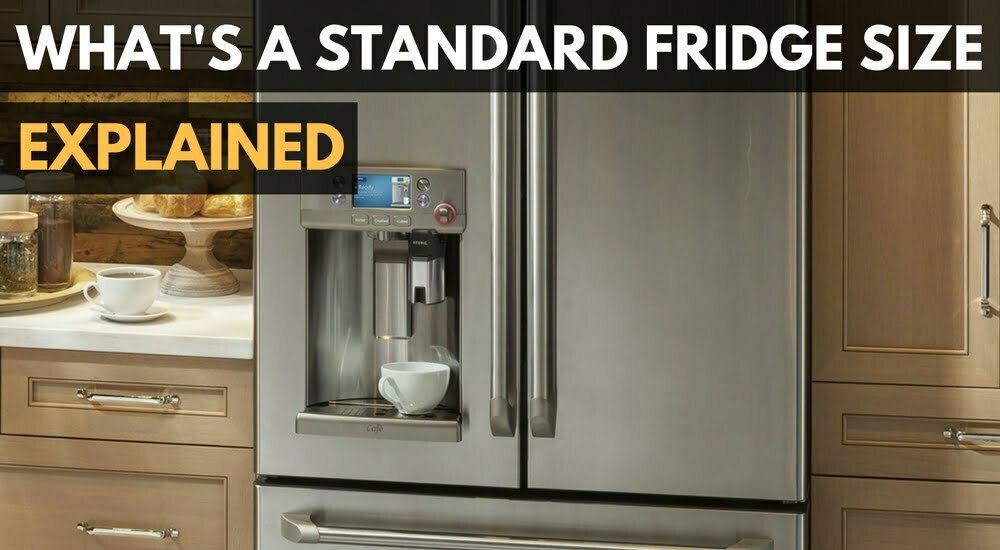











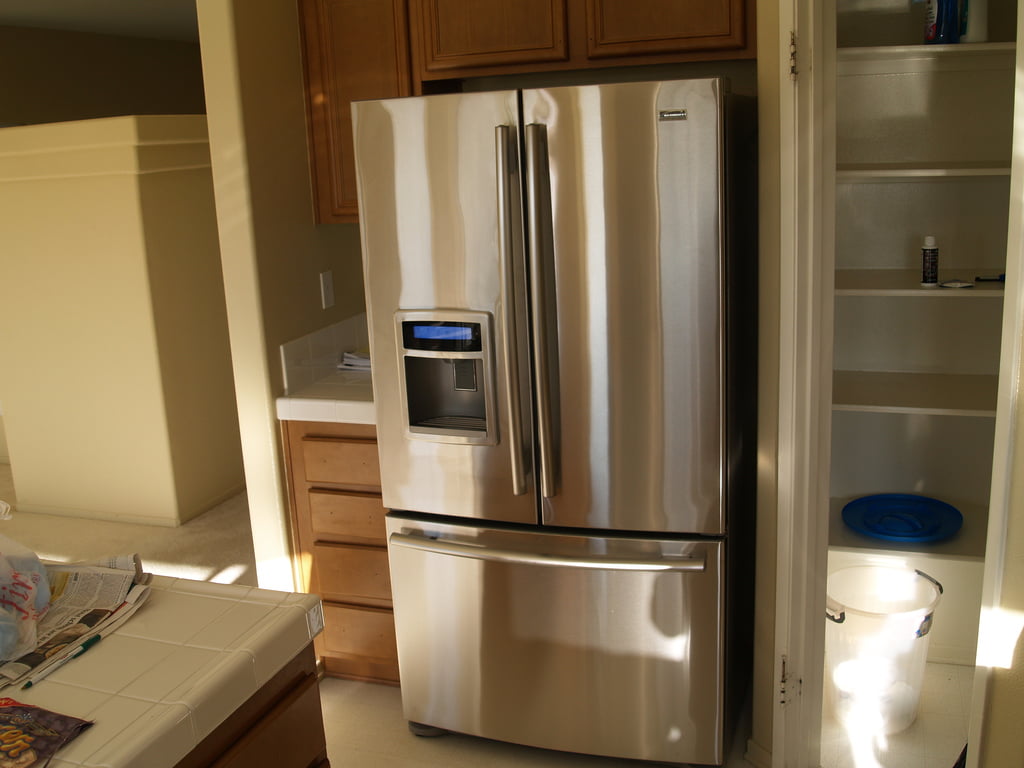
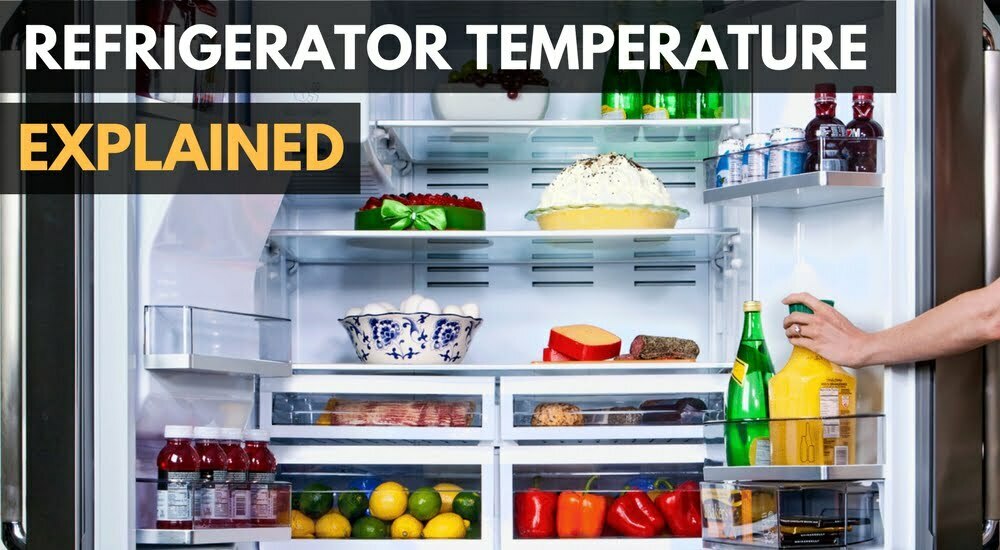
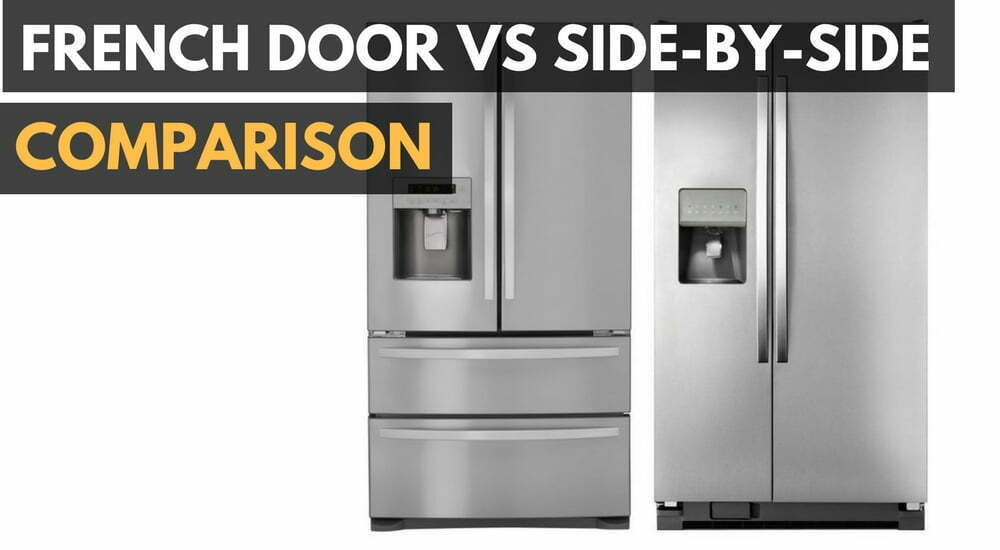
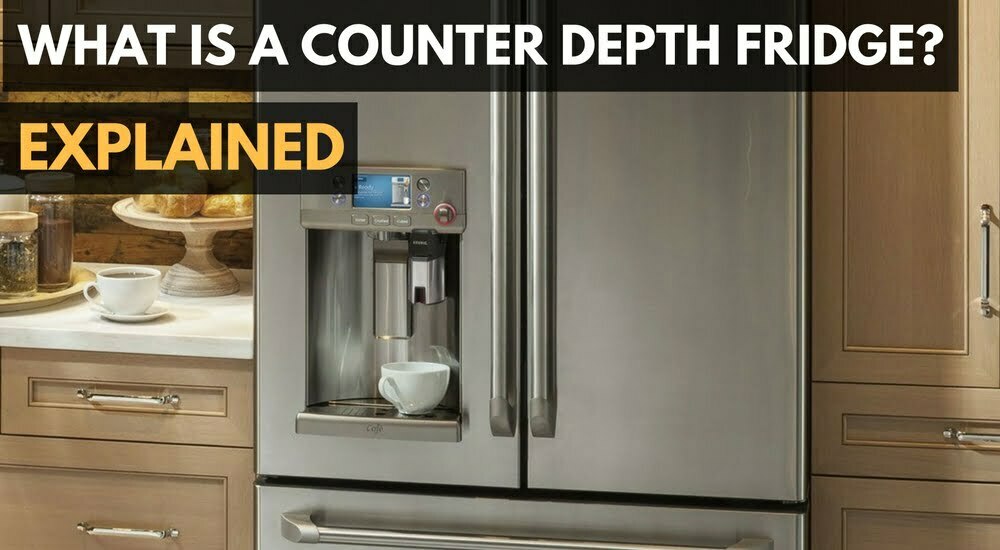
![Best Kitchen Appliances in [year] ([month] Reviews) 11 Best Kitchen Appliances in 2025 (December Reviews)](https://www.gadgetreview.dev/wp-content/uploads/best-kitchen-appliances.jpg)
![Best Refrigerators in [year] ([month] Reviews) 12 Best Refrigerators in 2025 (December Reviews)](https://www.gadgetreview.dev/wp-content/uploads/lg-brand-refrigerator-900x871-1.jpg)



![6 Best Refrigerator Water Filters in [year] 16 6 Best Refrigerator Water Filters in 2025](https://www.gadgetreview.dev/wp-content/uploads/refrigerator-water-filters.jpg)
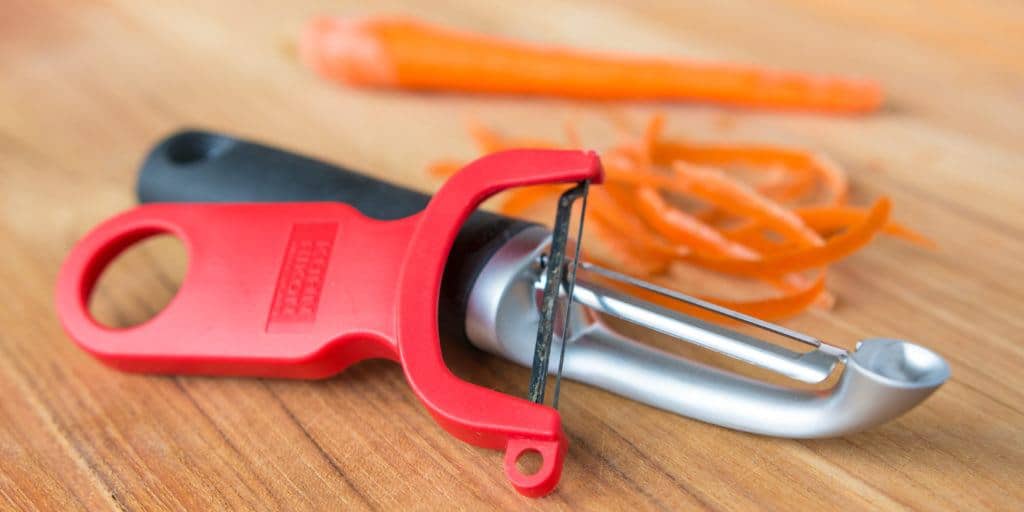
![Best Stainless Steel Cookware in [year] 18 Best Stainless Steel Cookware in 2025](https://www.gadgetreview.dev/wp-content/uploads/best-stainless-steel-cookware.jpg)
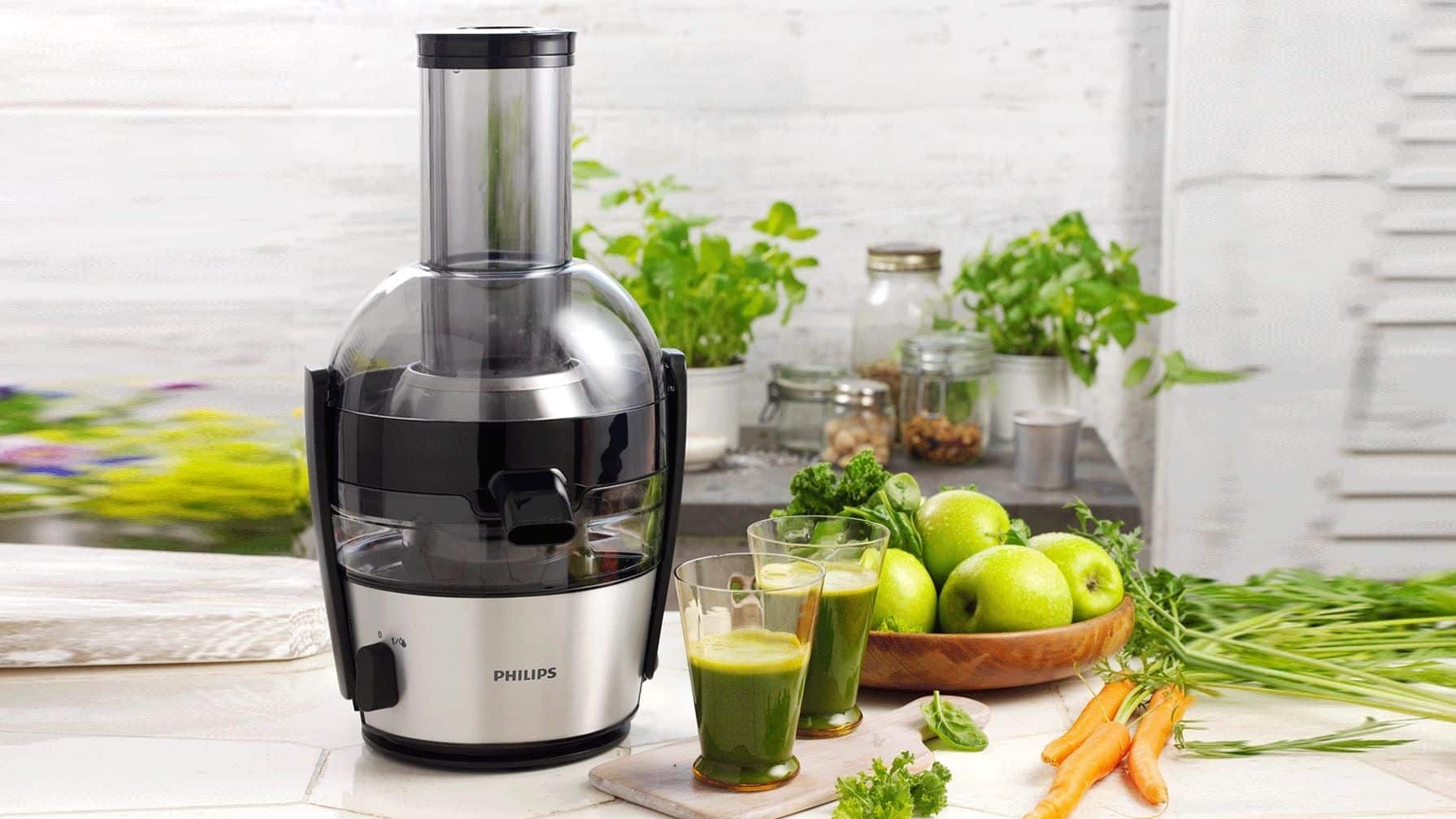
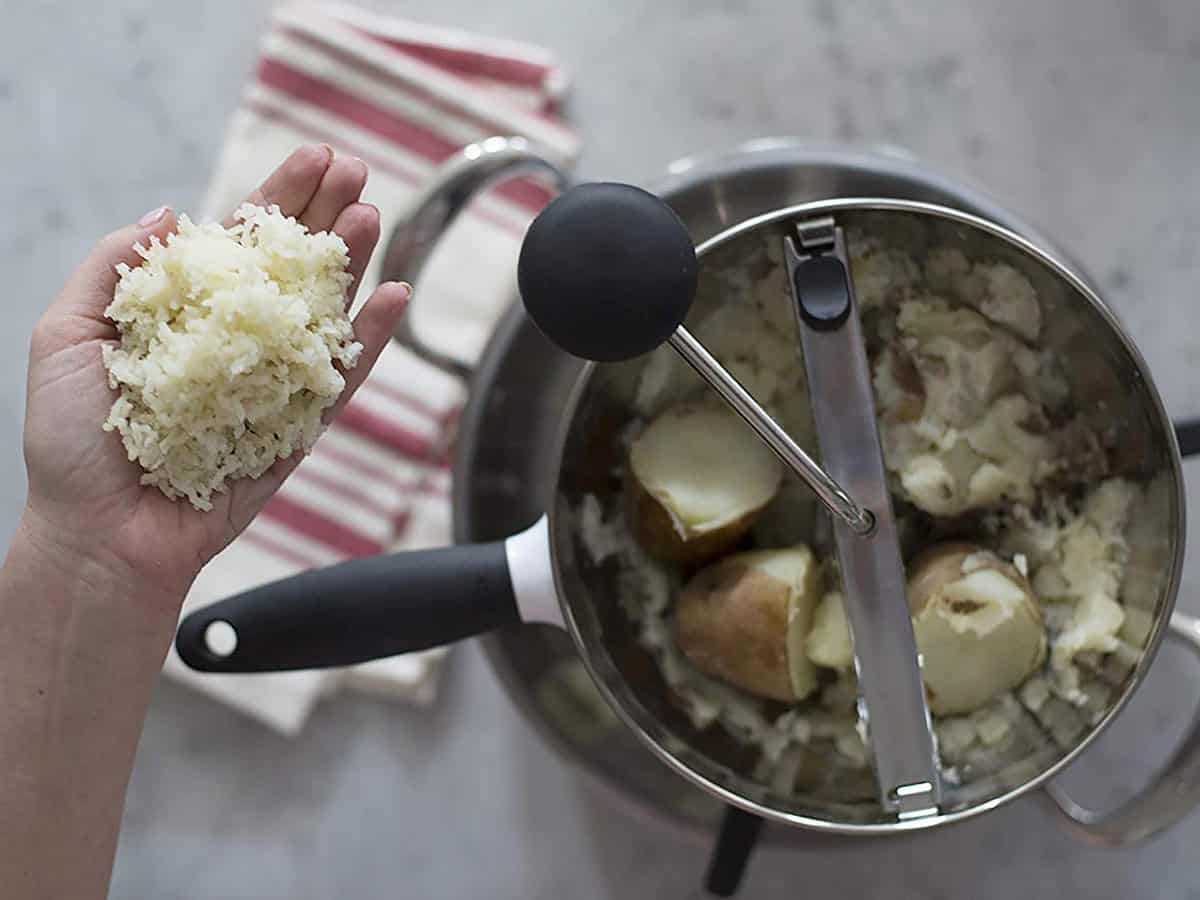
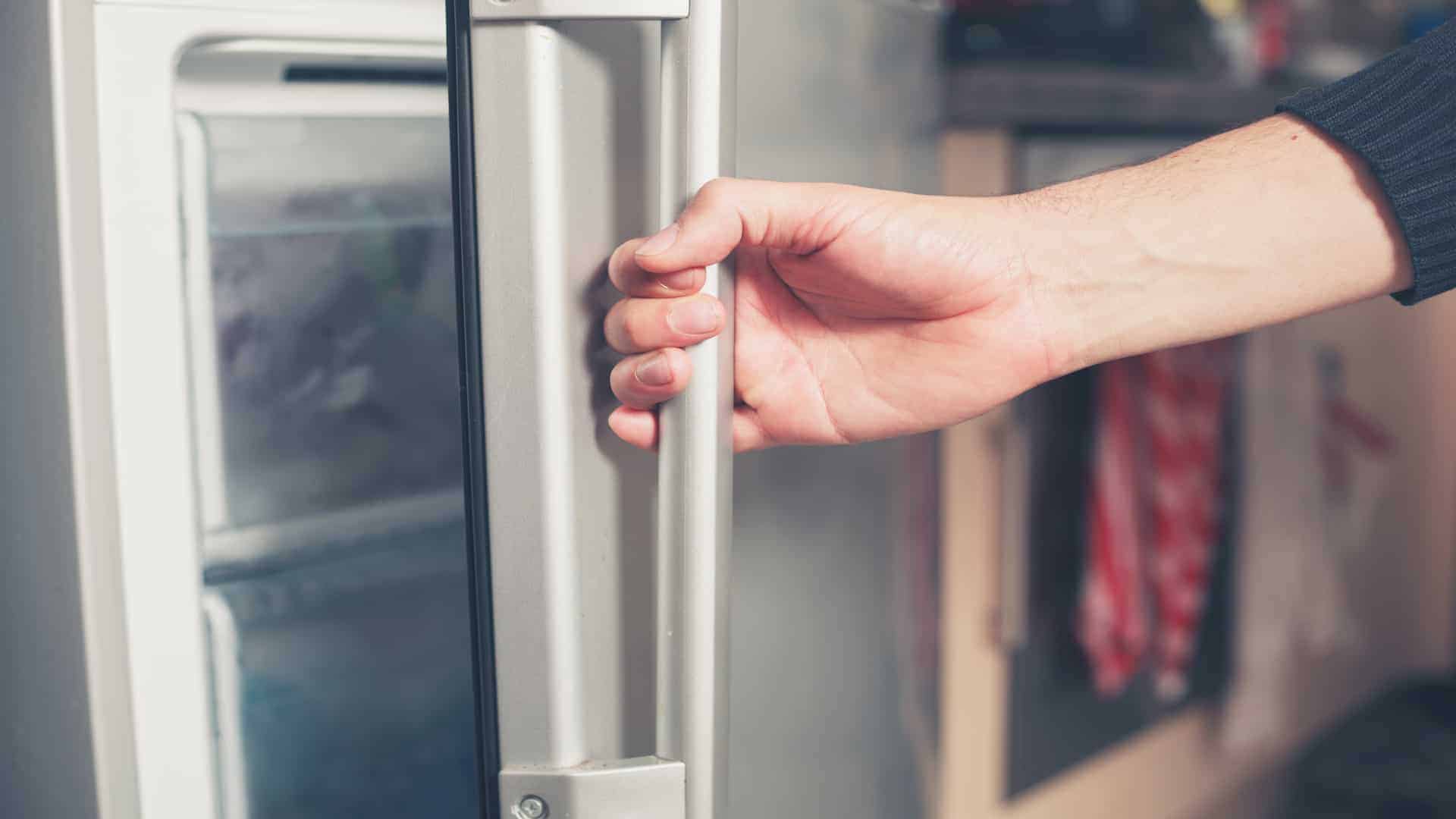
![7 Best Wedding Cake Topper in [year] 22 7 Best Wedding Cake Topper in 2025](https://www.gadgetreview.dev/wp-content/uploads/best_wedding_cake_topper.jpg)
![7 Best Universal Pans and Pot Lids in [year] 23 7 Best Universal Pans and Pot Lids in 2025](https://www.gadgetreview.dev/wp-content/uploads/best-universal-pan-and-pot-lids-scaled-1.jpg)

![7 Best Refrigerator Thermometers in [year] 25 7 Best Refrigerator Thermometers in 2025](https://www.gadgetreview.dev/wp-content/uploads/best-refrigerator-thermometers-scaled-1.jpg)
![7 Best Pie Plate for Pies and Quiches in [year] 26 7 Best Pie Plate for Pies and Quiches in 2025](https://www.gadgetreview.dev/wp-content/uploads/best-pie-plate-for-pies-and-quiches.jpg)
![7 Best Seafood Forks for Your Meal in [year] 27 7 Best Seafood Forks for Your Meal in 2025](https://www.gadgetreview.dev/wp-content/uploads/best-seafood-forks-for-your-meal.jpg)
![7 Best Herb Trimming Scissors in [year] 28 7 Best Herb Trimming Scissors in 2025](https://www.gadgetreview.dev/wp-content/uploads/best-herb-trimming-scissors.jpg)
![7 Best Crepe Makers in [year] 29 7 Best Crepe Makers in 2025](https://www.gadgetreview.dev/wp-content/uploads/best-crepe-maker.jpg)
